How to Achieve Natural Results with Botox Before and After Crows Feet
Welcome to our comprehensive guide on Botox treatment for crows feet! In this blog post, we will delve into the various aspects of this popular cosmetic procedure. From understanding the purpose of Botox treatment to identifying the right candidate, preparing for the procedure, and monitoring any potential side effects – we’ve got you covered. We will also discuss the timeline of results before and after crows feet and provide valuable tips for maintaining a natural appearance with Botox. Lastly, we’ll touch upon the possibility of combining Botox with other aesthetic treatments. So, let’s get started on your journey to smoother, younger-looking skin!
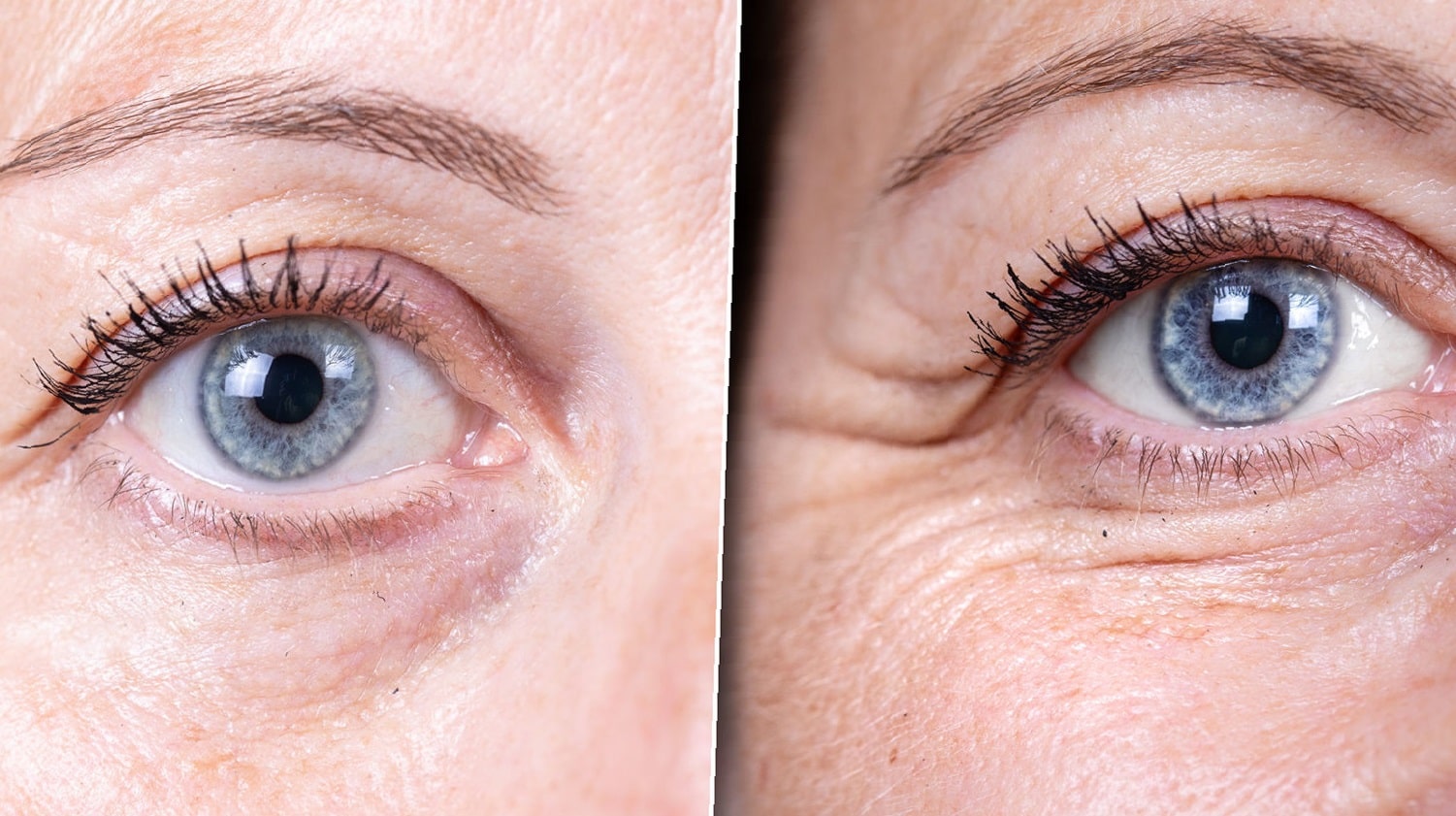
Understanding The Purpose Of Botox Treatment
Botox treatment has become increasingly popular in the field of aesthetic medicine. It is a non-surgical procedure that involves injecting Botulinum Toxin into specific muscles to reduce the appearance of wrinkles and fine lines. While many people associate Botox solely with cosmetic purposes, the treatment actually serves a variety of purposes.
First and foremost, Botox is widely used to diminish facial wrinkles and lines. It works by temporarily paralyzing the muscles that cause these dynamic wrinkles, such as the frown lines between the eyebrows, crow’s feet around the eyes, and forehead lines. The injection of Botox relaxes the muscles, resulting in a smoother and more youthful appearance.
Aside from its cosmetic benefits, Botox also has therapeutic applications. It can effectively treat medical conditions such as migraines, excessive sweating, and muscle spasms. For individuals suffering from chronic migraines, Botox injections can provide relief by reducing the frequency and severity of headaches. It can also be used to manage hyperhidrosis or excessive sweating by blocking the chemical signals responsible for sweat production.
Moreover, Botox is employed as a preventive measure to slow down the aging process. By using Botox early on, individuals can prevent the formation of deep wrinkles and lines, which develop over time due to repeated facial expressions. Starting Botox treatment at an earlier stage can preserve the skin’s youthful appearance and delay the need for more invasive procedures later in life.
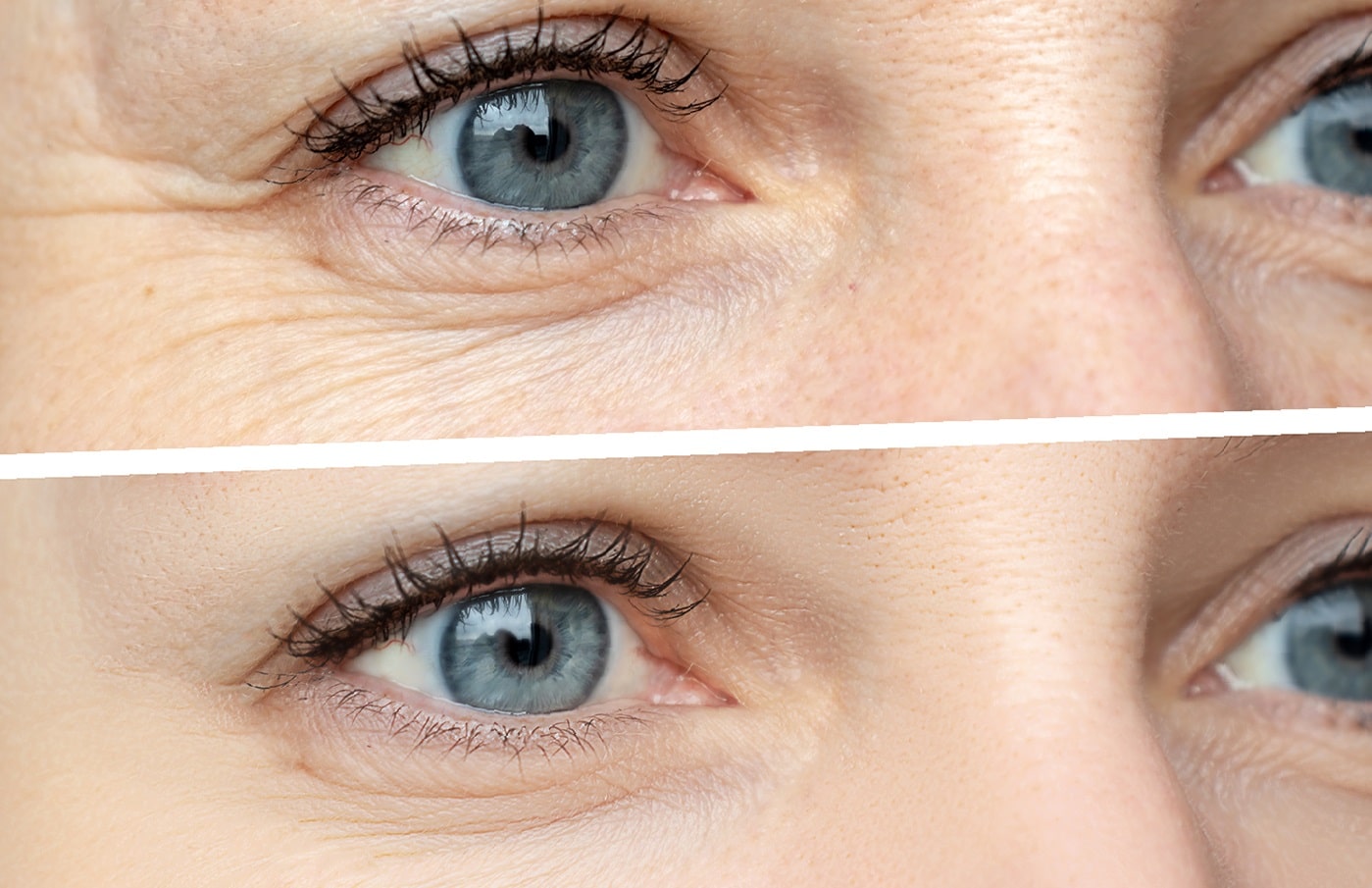
Identifying The Right Candidate For Botox
When considering a cosmetic procedure such as Botox, it is crucial to identify the right candidate to ensure optimal results. Botox treatment is not suitable for everyone, and it is important to determine whether you are a suitable candidate before proceeding. Here are some factors to consider when identifying the right candidate for Botox:
Age: Botox is most commonly used to treat wrinkles and fine lines that are caused by repetitive facial movements. As such, it is typically recommended for individuals who are in their late 20s or older. Younger individuals may not have developed noticeable wrinkles yet and may not benefit from Botox treatment.
Skin Condition: Botox is primarily used to address dynamic wrinkles, which are caused by facial movements such as frowning or squinting. If your wrinkles are primarily caused by factors such as sun damage or aging skin, other treatments may be more suitable for you. Consulting with a qualified aesthetic professional can help determine the best course of action for your specific skin condition.
Medical History: Before undergoing any cosmetic procedure, it is essential to consider your medical history. Certain medical conditions or medications may affect the safety or effectiveness of Botox treatment. It is important to disclose any relevant medical information to your provider to ensure your candidacy for Botox.
- Discuss any allergies or sensitivities you may have
- Inform your provider of any previous cosmetic procedures
- Share information about any medications or supplements you are currently taking
Expectations and Goals: It is vital to have realistic expectations and clear goals when considering Botox treatment. Botox can help reduce the appearance of wrinkles and fine lines, but it may not completely eliminate them. If you are seeking a more dramatic transformation or are looking to address more severe signs of aging, alternative procedures may be more suitable for you. Discuss your expectations with your provider to ensure they align with what Botox can achieve.
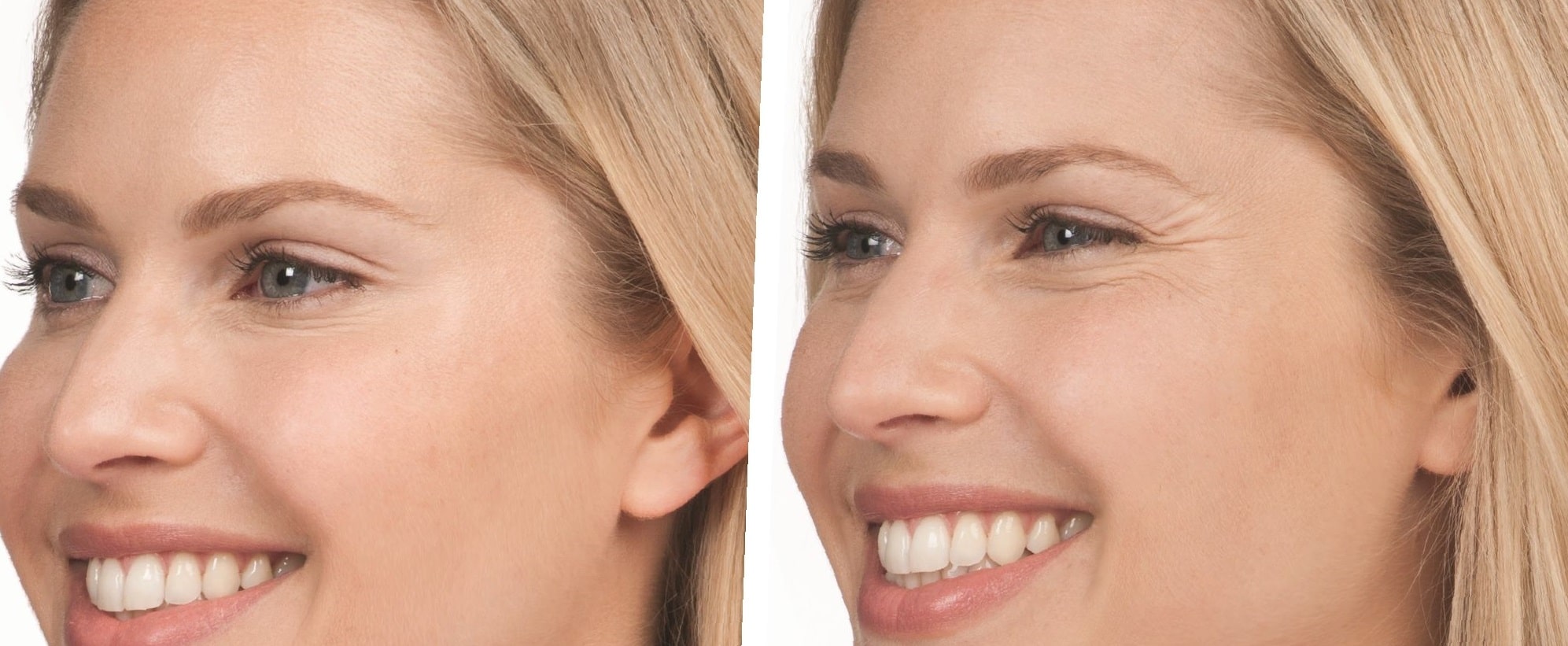
| Who might be a suitable candidate for Botox? | Who might not be a suitable candidate for Botox? |
|---|---|
|
|
In conclusion, identifying the right candidate for Botox is essential to achieve desired results and minimize potential risks. Factors such as age, skin condition, medical history, and expectations all play a role in determining candidacy. By consulting with a qualified professional, you can assess your suitability for Botox and explore alternative options if necessary. Remember to prioritize your safety and satisfaction when considering any cosmetic procedure.
Preparation And Consultation For Botox Procedure
When it comes to getting a Botox procedure, proper preparation and consultation are key to ensuring optimal results. Before undergoing any cosmetic treatment, it is essential to understand the process and requirements involved. Botox is a neurotoxin that is injected into the muscles to temporarily paralyze them and reduce the appearance of wrinkles and fine lines. Whether you are a first-time recipient or have had Botox before, taking the necessary steps to prepare for your procedure is crucial.
First and foremost, you should schedule a consultation with a qualified healthcare professional who specializes in cosmetic treatments. During this initial meeting, the practitioner will assess your suitability for Botox and discuss your desired outcomes. It is crucial to be honest and open about your medical history, any medications you are currently taking, and your expectations. This information will help your healthcare provider determine if Botox is the right option for you and develop an appropriate treatment plan.
Additionally, it is advisable to avoid alcohol consumption, anti-inflammatory medications, and blood-thinning drugs in the days leading up to your Botox procedure. These substances can increase the risk of bruising and bleeding at the injection site. Your healthcare professional may provide specific guidelines on what to avoid and for how long. Following their instructions diligently will minimize any potential complications and ensure the best possible outcome.
| Preparation Tips | Consultation Tips |
|
|
During the consultation, your healthcare professional will also explain the procedure, outlining the number of injections required, potential side effects, and the expected timeline for results to become visible. This is an ideal time to address any concerns or questions you may have regarding the treatment. Understanding the process fully will help alleviate any anxiety or doubts you may be experiencing.
Furthermore, it is crucial to discuss your desired aesthetic goals thoroughly. Botox can be used to target various areas of the face, such as forehead lines, crow’s feet, and frown lines. By communicating your specific concerns, your healthcare professional will be able to create a customized treatment plan tailored to your needs. Setting realistic expectations and having a clear understanding of the potential outcomes is essential for a successful Botox experience.
In conclusion, proper preparation and consultation are crucial steps in the Botox process. Scheduling a consultation with a qualified healthcare professional, following their preparation guidelines, and openly communicating your goals and expectations will help ensure a smooth and successful procedure. By taking these necessary steps, you are on your way to achieving the flawless, youthful appearance you desire.
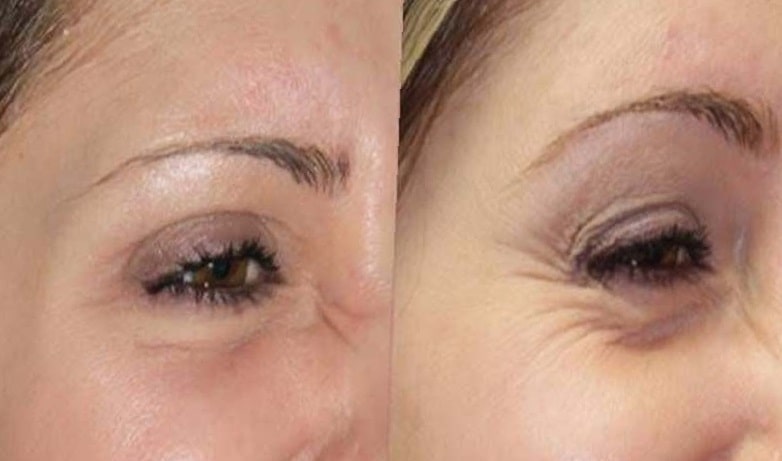
Injecting Botox To Target Crows Feet
When it comes to combating the signs of aging, one area that often causes concern is the development of crow’s feet. These pesky wrinkles around the outer corners of the eyes can make a person appear older and tired. Fortunately, with advancements in aesthetic treatments, injecting Botox has become a popular solution for targeting crow’s feet.
Botox, also known as botulinum toxin, is a purified neurotoxin that temporarily paralyzes the muscles responsible for creating wrinkles. Injecting Botox into the targeted areas, such as crow’s feet, helps relax these muscles and smooth out the skin. This leads to a more youthful and refreshed appearance.
During the procedure, a qualified medical professional needs to carefully administer the Botox injections. First, they will clean the treatment area and may apply a topical numbing cream to minimize any discomfort. Next, the provider will use a thin needle to inject small amounts of Botox into specific muscles around the crow’s feet.
- The process is relatively quick, usually taking around 10-15 minutes to complete. Patients may experience a slight pinch or stinging sensation during the injection, but it is generally well-tolerated. Some individuals may opt for a cold compress or ice pack after the procedure to reduce any swelling or bruising.
After the injections, it is important to avoid rubbing or touching the treated area to prevent the spread of Botox to unintended muscles. The effects of Botox typically start to become noticeable within a few days, with optimal results appearing within 1-2 weeks.
| Benefits of Injecting Botox to Target Crow’s Feet: |
|---|
| 1. Reduction of wrinkles: Botox effectively smooths out crow’s feet, diminishing the appearance of fine lines and wrinkles. |
| 2. Non-surgical solution: Unlike surgical procedures, Botox injections are minimally invasive, making it a popular choice for individuals seeking a quick and convenient solution for crow’s feet. |
| 3. Temporary results: The effects of Botox usually last for 3-4 months. This allows individuals to assess their satisfaction with the treatment and adjust their future plans accordingly. |
| 4. Natural-looking results: Injecting Botox to target crow’s feet can provide a more youthful appearance while maintaining facial expressions and a natural look. This ensures that the results are subtle and not overly frozen. |
In conclusion, injecting Botox to specifically target crow’s feet is an effective and popular solution for reducing the appearance of wrinkles in this area. The procedure is relatively quick and minimally invasive, with patients typically experiencing noticeable results within a few days. By choosing a qualified and experienced professional, individuals can achieve natural-looking results while maintaining their facial expressions. So, if crow’s feet are a concern for you, consider exploring the benefits of Botox injections for a more youthful and refreshed appearance.
What To Expect Immediately After Botox Treatment
After undergoing a Botox treatment, it is important to have realistic expectations about the immediate effects and potential side effects. Botox is a popular non-surgical cosmetic procedure that is used to reduce the appearance of wrinkles and fine lines. The treatment involves injecting small amounts of botulinum toxin into specific muscles, temporarily paralyzing them. This effectively smooths out the wrinkles and gives the skin a more youthful appearance.
Immediately after the Botox treatment, you may experience some mild discomfort or pain at the injection site. This is normal and can be managed with over-the-counter pain relievers or by applying ice packs to the area. It is also common to notice some redness or swelling around the injection site, but this typically subsides within a few hours or days.
It is important to avoid touching or rubbing the treated area for at least 24 hours to prevent the Botox from spreading to unintended muscles. This can lead to unwanted side effects or asymmetrical results. It is also recommended to avoid any strenuous physical activity or exercise for the first 24 hours after treatment.
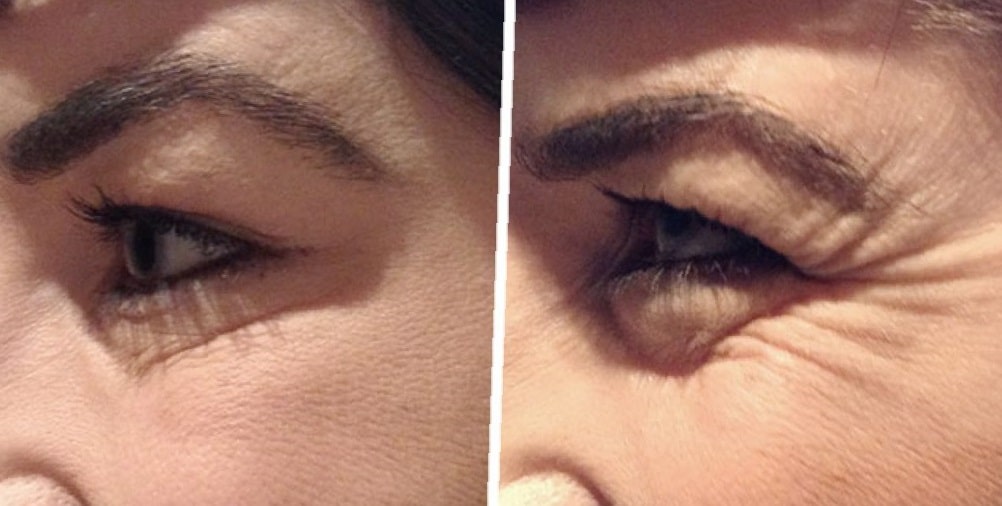
- Some people may experience mild bruising at the injection site, which can take a few days to fade. Applying arnica cream or taking arnica supplements may help speed up the healing process. However, if you experience severe bruising or any other concerning symptoms, it is best to contact your healthcare provider for further guidance.
| Immediate aftercare tips for optimal results: |
|---|
| Avoid lying down flat for at least four hours after the treatment. This helps prevent the Botox from spreading to other areas of the face. |
| Avoid excessive heat or cold exposure. Avoid saunas, hot tubs, or prolonged sun exposure, as these can increase swelling and potentially affect the results of the treatment. |
| Avoid alcohol and blood-thinning medications. These substances can increase the risk of bruising and may interfere with the healing process. |
| Be patient and allow time for the Botox to take full effect. It typically takes around 7 to 14 days to see the full results of the treatment. |
It is important to remember that Botox results are not permanent and generally last between 3 to 6 months. To maintain the effects, regular touch-up treatments are required. Following the aftercare instructions provided by your healthcare provider and scheduling necessary follow-up appointments will help ensure optimal and long-lasting results.
In conclusion, immediately after a Botox treatment, it is normal to experience some discomfort, redness, or swelling at the injection site. By following proper aftercare instructions and taking necessary precautions, you can optimize your results and minimize any potential side effects. Remember to be patient and allow enough time for the Botox to fully take effect. Always consult with a qualified healthcare professional to determine if Botox is the right cosmetic procedure for you.
Recovery And Aftercare For Optimal Results
After receiving a Botox treatment, it is essential to prioritize the recovery and aftercare process to ensure optimal results. Taking proper care of your skin and following the recommended guidelines can significantly impact the longevity and effectiveness of the treatment. Here are some important steps to consider for a successful recovery and to maintain the desired results.
Firstly, it is important to avoid touching or rubbing the treated area immediately after the procedure. This helps to minimize the risk of spreading the Botox to unintended areas and ensures that the product stays in place. Similarly, it is advisable to avoid activities that may cause excessive sweating, such as strenuous exercise or sauna visits, for at least 24-48 hours after the treatment. Sweating can potentially interfere with the absorption of the Botox and affect its efficacy.
Furthermore, it is crucial to follow any additional post-treatment instructions provided by your healthcare professional. These may include avoiding certain medications or supplements that can thin the blood and increase the risk of bruising. Additionally, it is important to stay well-hydrated and maintain a healthy lifestyle to support the healing process and achieve optimal results.
- In terms of skincare, it is advisable to avoid any harsh or abrasive products on the treated area for at least 24 hours. This includes exfoliants, peels, or scrubs. Instead, opt for gentle cleansers and moisturizers that are suitable for your skin type. Sun protection is also crucial during the recovery period, as exposure to UV rays can potentially worsen any existing inflammation or redness. Therefore, it is recommended to wear sunscreen with a high SPF and avoid sunbathing or using tanning beds.

| DOs | DON’Ts |
|---|---|
|
|
In addition to these precautions, it is normal to experience some mild redness, swelling, or bruising at the injection sites. However, if you notice any severe or prolonged side effects, it is important to contact your healthcare professional immediately. Any concerns or questions regarding the recovery process should be addressed with your healthcare provider, as they can provide personalized advice tailored to your specific needs.
By following the proper recovery and aftercare routine, you can enhance the longevity and effectiveness of your Botox treatment. Remember to be patient as it can take up to two weeks to see the full results. Taking good care of your skin and following the recommended guidelines will not only ensure optimal results but also contribute to maintaining a natural and refreshed appearance.
Monitoring And Addressing Any Side Effects
When it comes to undergoing any medical procedure, it’s important to be aware of the potential side effects that may occur. Botox treatment is no exception. While Botox is generally considered safe and well-tolerated, there is still a possibility of experiencing certain side effects. These side effects can range from mild to severe, so it’s crucial to monitor and address them appropriately to ensure your well-being and optimal results.
First and foremost, it’s essential to understand that side effects from Botox injections are generally temporary and resolve on their own within a few days or weeks. However, if you notice any unusual or concerning symptoms, it’s crucial to consult your healthcare provider immediately. Some common side effects include bruising, redness, swelling, and tenderness at the injection site. These are typically mild and subside within a few hours or days.
In rare cases, individuals may experience more serious side effects such as muscle weakness or drooping eyelids. If you notice any changes in your facial expressions or have difficulty swallowing or breathing, it’s crucial to seek medical attention right away. While severe side effects are rare, they should not be taken lightly as they may require medical intervention.
- In order to minimize the risk of side effects, it’s important to choose a qualified and experienced healthcare professional to administer your Botox treatment. A skilled provider will have a thorough understanding of facial anatomy and be able to accurately target the intended areas, reducing the likelihood of complications.
- Furthermore, open and honest communication with your provider is key. Make sure to disclose any medical conditions, medications, allergies, or previous adverse reactions you’ve had to Botox or any other injectables. This information will help your provider assess your individual risk factors and determine the most appropriate treatment plan for you.
Lastly, after undergoing Botox treatment, it’s important to carefully monitor your body for any changes or symptoms. Keep a close eye on the injection sites and surrounding areas, watching for any signs of infection such as increased redness, warmth, or pus. If you experience persistent or worsening side effects, it’s important to contact your healthcare provider promptly.
Monitoring and addressing any side effects is an important part of the Botox process. By staying vigilant and seeking prompt medical attention when needed, you can ensure a safe and successful treatment outcome. Remember, Botox can be a powerful tool in enhancing your appearance, but it’s crucial to prioritize your health and well-being throughout the entire process.
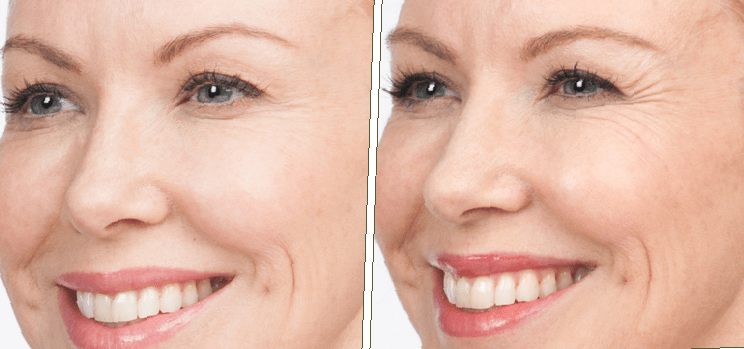
Timeline Of Results: Before And After Crows Feet
When considering any cosmetic procedure, it is natural to be curious about the results and how long they will last. Botox treatment is no exception. If you are specifically concerned about addressing crow’s feet, understanding the timeline of results before and after the procedure can help manage your expectations. Here, we will take a closer look at the typical timeline of results for Botox treatment targeting crow’s feet.
Before diving into the timeline, it is essential to clarify how Botox works. Botox is a neurotoxin that temporarily paralyzes the muscles responsible for causing wrinkles and lines. When injected into the targeted area, such as the outer corners of the eyes for crow’s feet, Botox blocks the nerve signals, preventing muscle contractions that lead to wrinkles.
Immediately after the Botox treatment, you may experience some mild swelling or redness at the injection site. However, these side effects are temporary and typically subside within a few hours. It is important to follow your healthcare professional’s aftercare instructions to ensure optimal results and minimize any potential side effects.

Tips For Maintaining A Natural Appearance With Botox
When it comes to using Botox for cosmetic purposes, many individuals are seeking natural-looking results that enhance their appearance without looking overly artificial or frozen. If you are considering Botox treatment, there are several tips you should keep in mind to maintain a natural appearance.
1. Choose a Skilled and Experienced Provider
One of the most important factors in achieving natural-looking results with Botox is choosing a skilled and experienced provider. Make sure to do your research and select a medical professional who has a thorough understanding of facial anatomy and aesthetics. This will ensure that they can tailor the treatment to your individual needs and help you achieve the natural results you desire.
2. Start with Small Amounts
When it comes to Botox, less is often more. Starting with smaller amounts of the neurotoxin allows for a more gradual and subtle improvement in your appearance, avoiding the risk of the frozen or plastic look. Your provider can assess your specific needs and recommend the appropriate dosage to achieve a natural outcome.
3. Communicate Your Expectations
Open communication with your provider is key to achieving the natural results you desire. Discuss your expectations and concerns beforehand, and ensure that your provider understands your goal of maintaining a natural appearance. This will help them tailor the treatment to your specific needs and make any necessary adjustments to ensure the best outcome.
4. Avoid Over-Treating
While it’s important to address your concerns and target specific areas, it’s equally important to avoid over-treating. Your provider should have a conservative approach to Botox treatment, focusing on enhancing your natural features rather than drastically altering your appearance. Over-treating can lead to an unnatural look and result in a loss of facial expressiveness.
5. Follow Post-Treatment Care Instructions
After your Botox treatment, your provider will provide you with specific post-care instructions to ensure optimal results. It’s crucial to follow these instructions carefully, including avoiding strenuous exercise, excessive heat exposure, and certain medications or supplements that can increase the risk of bruising. By following these guidelines, you can minimize any potential side effects and maintain a natural appearance.
Conclusion
Maintaining a natural appearance with Botox is an achievable goal with the right approach. By selecting a skilled provider, starting with smaller amounts, communicating your expectations, avoiding over-treatment, and following post-care instructions, you can enjoy natural-looking results that enhance your appearance without compromising your expressiveness.
Combining Botox With Other Aesthetic Treatments
When it comes to achieving the perfect look, many individuals turn to aesthetic treatments such as Botox. Botox is a well-known cosmetic procedure that is used to reduce the appearance of wrinkles and fine lines on the face. However, did you know that Botox can also be combined with other aesthetic treatments to enhance your overall results? In this blog post, we will explore some of the most popular aesthetic treatments that can be combined with Botox to help you achieve your desired look.
One popular combination is Botox and dermal fillers. Dermal fillers, such as hyaluronic acid, are used to restore volume and plumpness to the face. While Botox targets wrinkles and fine lines, dermal fillers can address areas that have lost volume, such as the cheeks or lips. By combining these two treatments, individuals can achieve a more youthful and rejuvenated appearance. The use of both Botox and dermal fillers is often referred to as a “liquid facelift.”
Another popular option is combining Botox with laser treatments. Laser treatments, such as laser resurfacing or IPL (intense pulsed light) therapy, can help improve skin texture, reduce sun damage, and even out skin tone. When used in combination with Botox, laser treatments can enhance the overall results by targeting different aspects of the skin. While Botox addresses wrinkles and fine lines, laser treatments can help improve the skin’s overall quality and appearance.
In addition to dermal fillers and laser treatments, Botox can also be combined with other non-invasive treatments such as microdermabrasion or chemical peels. These treatments help exfoliate the skin, removing dead skin cells and promoting the growth of new, healthy cells. By combining these treatments with Botox, individuals can achieve a smoother and more radiant complexion.
- To summarize, combining Botox with other aesthetic treatments can help individuals achieve optimal results. Whether it’s dermal fillers, laser treatments, or non-invasive procedures such as microdermabrasion, the combination of these treatments can address multiple concerns and enhance the overall outcome. If you are considering combining Botox with other aesthetic treatments, it is important to consult with a qualified and experienced aesthetic practitioner who can personalize a treatment plan specifically tailored to your needs. Remember, always prioritize your safety and consult with a professional before undergoing any cosmetic procedure.
For more information about combining Botox with other aesthetic treatments, and to find out if it is the right option for you, schedule a consultation with a reputable cosmetic clinic or dermatologist. They will be able to assess your individual needs and provide you with the best advice and guidance.
Frequently Asked Questions
Q: What is the purpose of Botox treatment?
A: Botox treatment is primarily used to reduce the appearance of fine lines and wrinkles, such as crows feet, by relaxing the muscles in the targeted area.
Q: How do you identify the right candidate for Botox?
A: The right candidate for Botox is generally someone who has wrinkles or fine lines caused by muscle movement and is in overall good health. A consultation with a qualified practitioner can help determine if Botox is suitable for an individual.
Q: What should I do to prepare for a Botox procedure?
A: Prior to the procedure, it is advisable to avoid blood-thinning medications and alcohol. It’s also important to inform the practitioner about any medical conditions or allergies you may have. This will help ensure a safe and successful treatment.
Q: How is Botox injected to target crows feet?
A: Botox is injected into specific muscles surrounding the eyes to target crows feet. A trained practitioner will use a fine needle to administer the injections, which are typically quick and relatively painless.
Q: What can I expect immediately after Botox treatment?
A: After Botox treatment, it is common to experience mild redness or swelling at the injection sites. These side effects usually subside within a few hours. It’s important to follow any post-treatment instructions provided by your practitioner.
Q: What is the recovery process and aftercare for optimal results?
A: Following Botox treatment, it is recommended to avoid strenuous exercise, excessive sunlight exposure, and rubbing the treated areas for at least 24 hours. Regular follow-up appointments with the practitioner can help ensure optimal results and address any concerns.
Q: What should I do if I experience any side effects from Botox?
A: If you experience any unexpected side effects from Botox treatment, such as severe swelling or difficulty breathing, it is important to seek immediate medical attention. Most common side effects, however, are mild and temporary.
